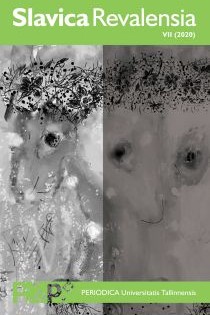Abstract
This is the second installment in the series of Michail Bezrodnyj’s annotations to Alexander Pushkin’s short story “The Queen of Spades” (see the initial part in Unacknowledged Legislators: Studies in Russian Literary History and Poetics in Honor of Michael Wachtel. Berlin et al.: Peter Lang, 2020). In this particular installment Michail Bezrodnyj focuses on three sentences from Chapter 3 —
Two portraits, painted in Paris by Mme. Lebrun, hung on the wall. One of them showed a man about forty years old, red-faced and portly, wearing a light green coat with a star; the other a beautiful young woman with an aquiline nose, with her hair combed back over her temples, and with a rose in her powdered locks. Every nook and corner was crowded with china shepherdesses, table clocks made by famous Leroy, little boxes, bandalores, fans, and diverse other ladies’ toys invented at the end of the last century, along with Montgolfier’s balloon and Mesmer’s magnetism (translated by Paul Debreczeny).
— revealing a list of allusions to some forgotten artifacts (e. g. the joujou de Normandie (‘a Norman toy’) that was in fashion in the period from 1792 to 1794) and a number of intertextual references.

This work is licensed under a Creative Commons Attribution-ShareAlike 4.0 International License.
Copyright (c) 2020 Slavica Revalensia
